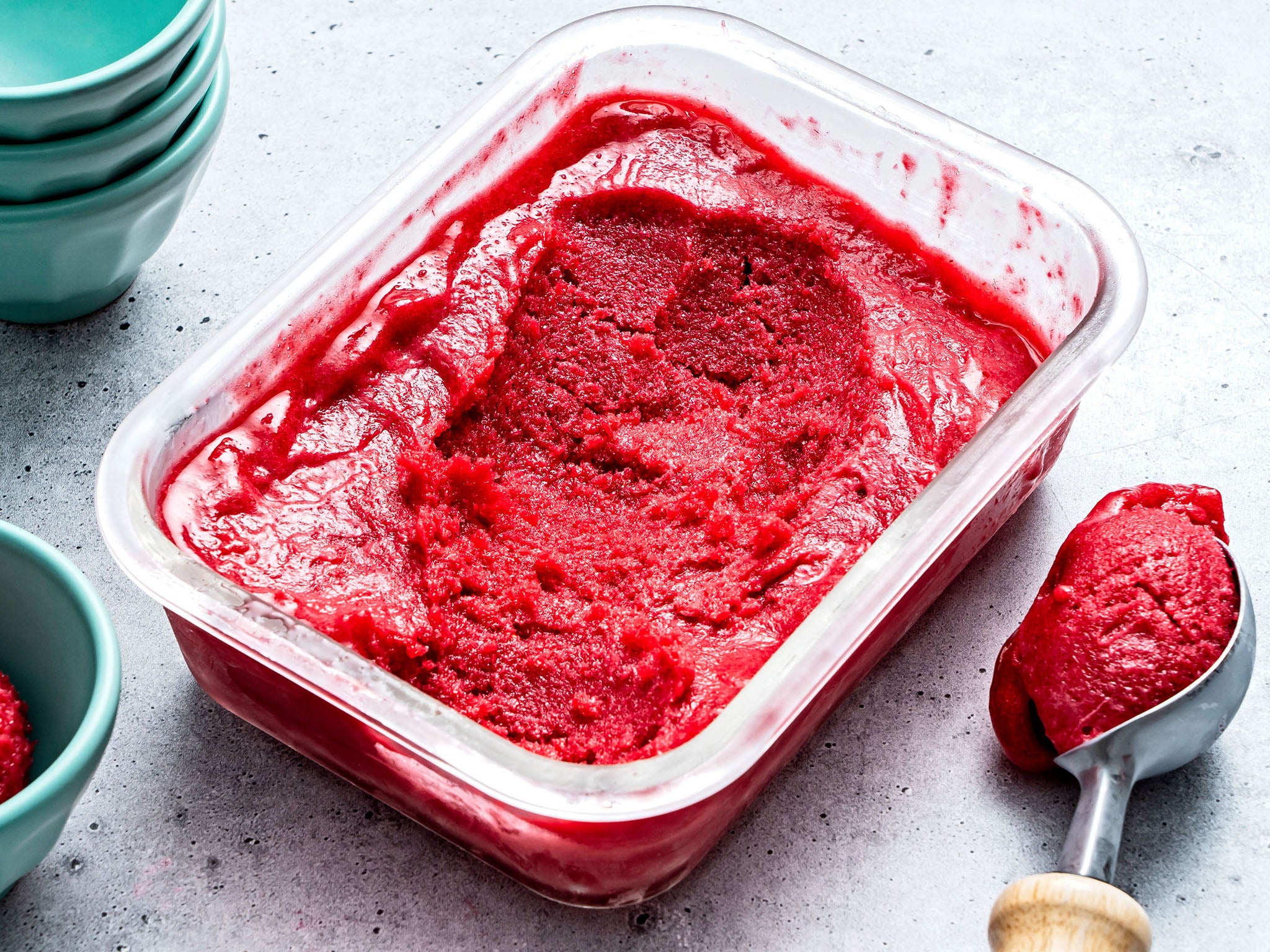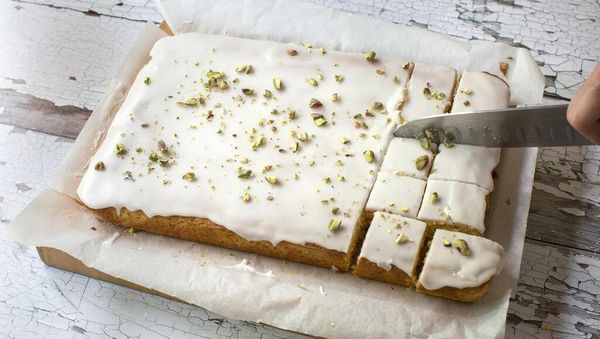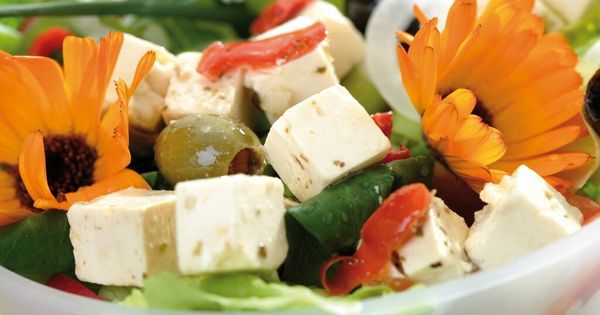
If, like me, you are guilty of buying too much fruit this time of year, it’s time to make sorbet. Not only is it a terrific way to embrace summer’s abundant produce – it’s also a delightful way to cool off when the temperatures are approaching the 40s.
To take full advantage of this happy moment in time, I’ve developed a no-cook, dump-and-blend sorbet formula that comes together in a flash and requires, depending on the fruit you choose, as little as five minutes of prep time.
Sorbet’s thirst-quenching quality can feel as if it’s infusing life back into you on a hot, hot day.
How ironic that the qualities that allow sorbet to be more refreshing than ice cream – namely, lack of fat – are precisely the reason it can be difficult to get just right. Sorbets can come out stubbornly icy, making them near-impossible to scoop and giving them a grainy mouthfeel.
In the past, the sorbet recipes I’ve tried required making a simple syrup, which had to be sufficiently chilled before being added to the sorbet base. To simplify and improve the flavour, I wanted to make one that required no heat and, especially, no water, which can mute fruit’s vibrancy and contribute to that iciness. I also wanted to keep the prep – as well as the dirty dishes – to a minimum (if anyone is tired of washing extra dishes, it’s this food writer).
The formula I settled on coincides with one Max Falkowitz described on Serious Eats: roughly four cups of fruit to one cup of sweetener – with one significant change.
In playing around with different variations, I discovered the key to luscious sorbet with superior scoop-ability: corn syrup. Rather than a cup of sugar, make it ¾ cup of sugar and ¼ cup of light corn syrup. Corn syrup – not to be confused with high-fructose corn syrup – is less sweet than granulated sugar and mimics invert sugar, which helps to keep the churned sorbet creamy and scoopable.
Since fruit weight varies, a volume measurement here is more reliable, but, in the recipe below, I give rough weight parameters so you know roughly how much fruit to buy.
It’s so simple: the fruit, sugar, corn syrup, a pinch of salt, and, at times, lemon or lime zest and/or juice to cut through the sweetness all go in a blender and get processed until smooth. If I’m making a base with seedy berries, such as raspberries, I’ll strain it; otherwise, I don’t bother. For the recipe below, I made a version of sorbet with various berries, such as blackberries, raspberries and blueberries; stone fruit, such as apricots and plums; and melons such as honeydew and cantaloupe (alas, watermelon, a summer favourite, can be made into sorbet, too, but it contains too much water to be used with this formula).
They were all dreamy, refreshing and flavourful. The most finicky of them was stone fruit, only because it must be pitted before being chopped. The fastest? The berries. Tasting them at home, we each claimed a favourite. My husband couldn’t get enough of cantaloupe and its delightfully pale orange hue. Our seven-year-old inhaled plum and asked why we can’t buy that flavour at the store – why, indeed.
But for me, it was raspberry that reigned supreme, if only because it allowed me to belt out the words “raspberry sorbet” to the tune of Prince’s “Raspberry Beret”.
Any fruit sorbet

This refreshing sorbet takes minutes to throw together and will work with many kinds of summer fruit, including berries, stone fruit and melons (for watermelon, see notes). As a general rule, the recipe calls for 4 cups of fruit to 1 cup of sweetener, including ¼ cup of corn syrup for a smoother, more luscious scoop. These sorbets are best with peak-of-season fruit and are best consumed within a week.
Active time: 15 minutes | Total time: 1 hour, plus chilling and freezing time
Serves: 8 (makes about 900ml-1L)
Make ahead: The sorbet base needs to be chilled at least 3 hours before churning, plus about 4 hours to harden.
Storage notes: Freeze in an airtight container for up to 1 week.
Ingredients:
4 cups fruit, such as diced cantaloupe or honeydew melon, strawberries, blueberries, blackberries or raspberries (about 570g); stone fruit, such as plums, peaches, apricots or nectarines (about 1625g; see notes)
¾ cup (150g) granulated sugar
¼ cup (85g) light corn syrup
⅛ tsp fine salt
Finely grated zest and juice of 1 lime or lemon (optional; see notes)
Method:
In a blender, combine the fruit, sugar, corn syrup, salt and zest and/or juice, if using (see notes,) and process until smooth. If necessary, such as with seedy berries, strain the sorbet base through a fine-mesh sieve into a 4-cup container. Cover and refrigerate until completely chilled, at least 3 hours and preferably overnight.
Pour the chilled base into an ice cream maker and freeze according to the manufacturer’s instructions (place the container you used for chilling the base in the freezer.) When the sorbet reaches the desired consistency, transfer it to the chilled container and freeze until hardened to your desired consistency. The sorbet will keep frozen for up to 1 week.
Before serving, let the sorbet sit at least 1 minute and up to 5 minutes on the counter, to soften.
Notes:
Fruit will vary in weight depending on its moisture content, so measuring by volume or cups will be more reliable.
For cantaloupe, honeydew or berry sorbets, consider adding finely grated zest of 1 lime and fresh lime juice to taste (start with ½ teaspoon and add more, if desired); for stone fruit, add lemon juice (start with ½ teaspoon and add more, if desired).
Because watermelon lacks fiber and pectin, and has so much water, this formula doesn’t apply.
Nutrition information per serving (½ cup, using raspberries) | Calories: 139; total fat: 1g; saturated fat: 0g; cholesterol: 0mg; sodium: 44mg; carbohydrates: 35g; dietary fibre: 5g; sugar: 25g; protein: 1g.
This analysis is an estimate based on available ingredients and this preparation. It should not substitute for a dietitian’s or nutritionist’s advice.
© The Washington Post










